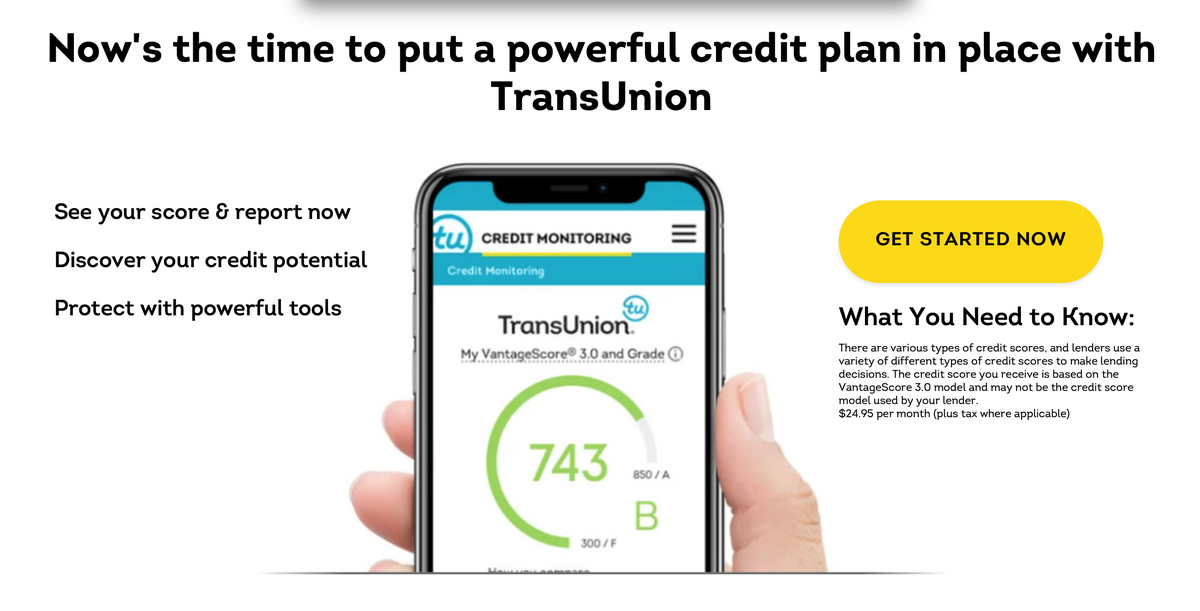Susan Wright
Susan Wright
Former Finance Contributor
16 Published Articles
Countries Visited: U.S. States Visited:
Susan earned a BA from Michigan State University and her MBA from St. Louis University and has spent more than 25 years as a financial copywriter. She holds 11 financial industry designations, includi...
Edited by: Keri Stooksbury
Keri Stooksbury
Editor-in-Chief
108 Published Articles 3824 Edited Articles
Countries Visited: 54U.S. States Visited: 28
Editing with Upgraded Points for over 6 years, as editor-in-chief, Keri manages the editorial calendar and oversees the efforts of the editing team and over 20 content contributors, reviewing thousand...



![The 5 Best Credit Cards for Bad Credit in 2025 [Find Your Special Offers]](https://upgradedpoints.com/wp-content/uploads/2018/05/Capital-One-Platinum-Stack-of-Credit-Cards-on-top-of-utility-bills-Upgraded-Points-LLC-1.jpg?auto=webp&disable=upscale&width=1200)


